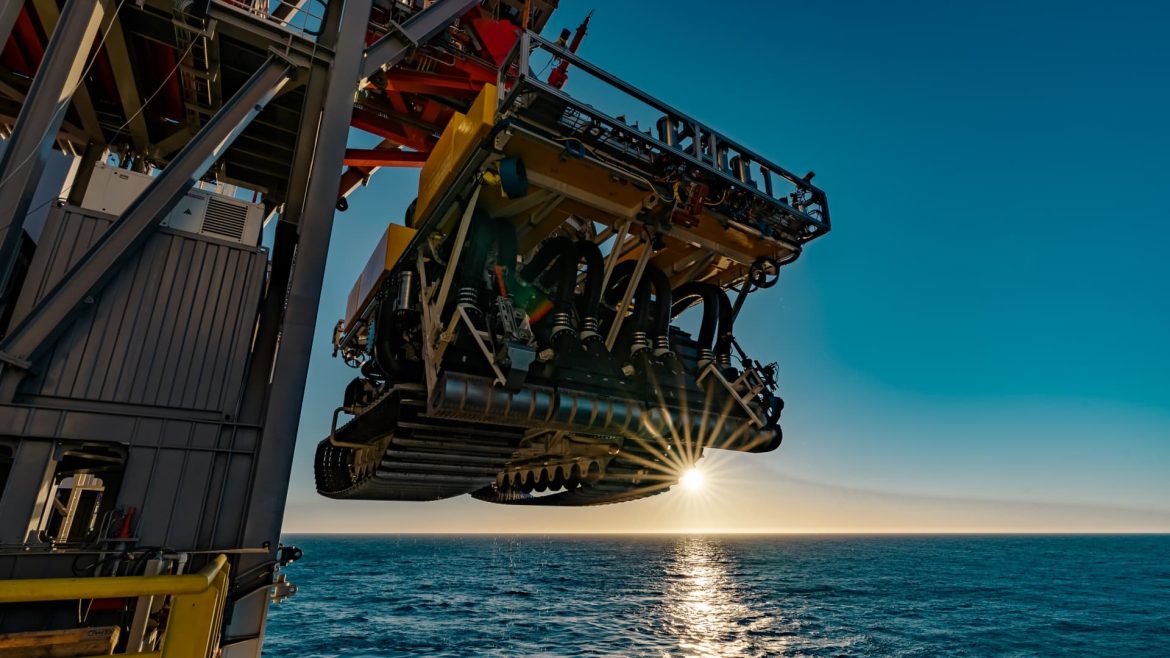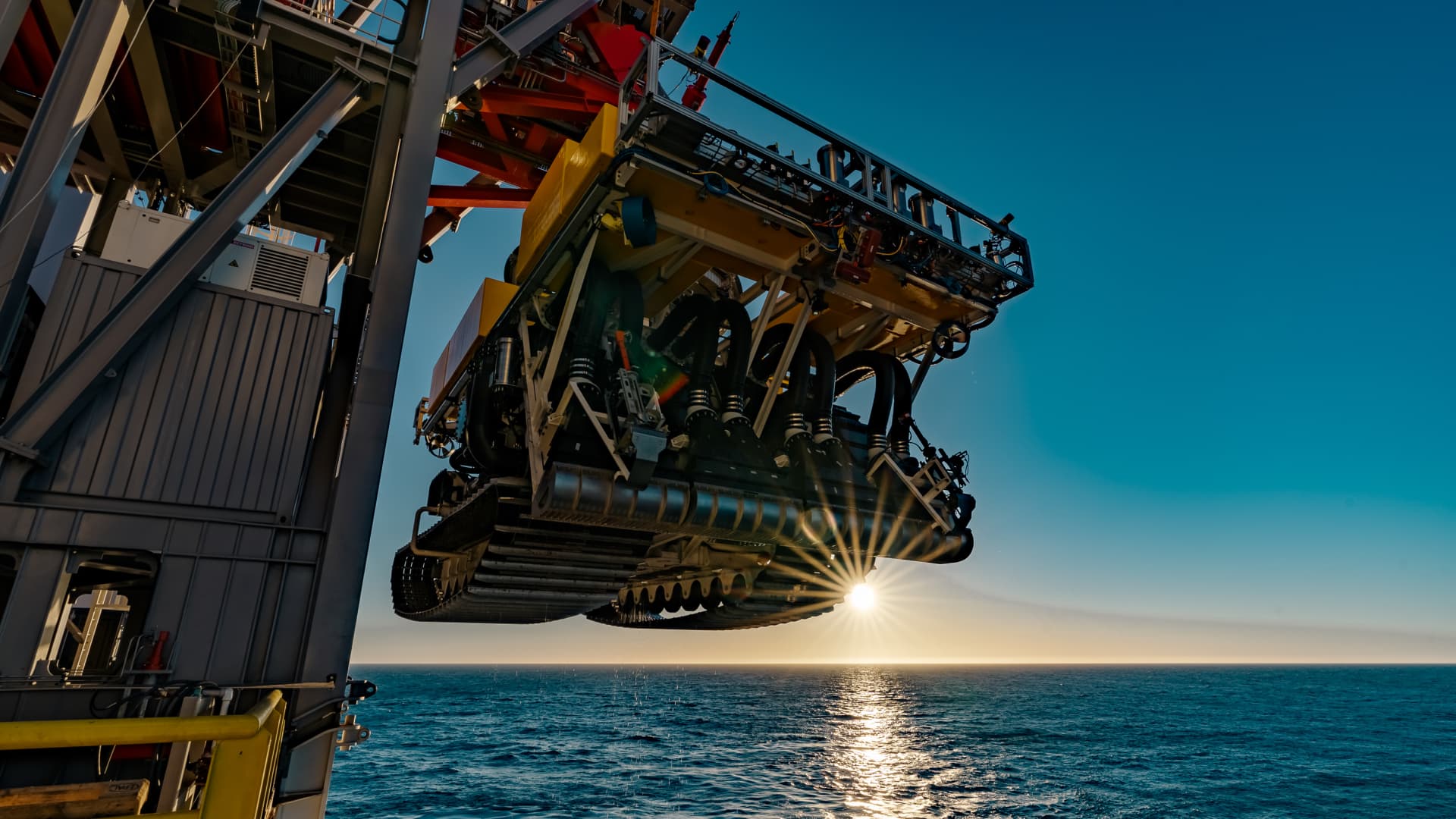The recent executive order signed by President Donald Trump in April 2025 marks a definitive moment in the U.S. approach to deep-sea mining, signaling a strategic pivot aimed at securing critical mineral resources from the ocean floor. This directive is more than a simple policy shift; it represents a complex interplay of geopolitical maneuvering, economic opportunity, technological ambition, and environmental controversy.
Resurgence of U.S. Leadership in Deep-Sea Mining
The executive order seeks to rejuvenate American dominance in offshore mineral extraction—a field where the U.S. historically played a pioneering role during the 1970s to 1990s but had since bowed out. By issuing this order, the Trump administration revives a dormant industry, positioning the United States to explore and exploit deep-sea deposits rich in critical minerals such as manganese, nickel, cobalt, and rare earth elements. These minerals are essential to modern technologies spanning defense systems, medical devices, batteries, and smartphones.
The order explicitly aims to establish a “robust domestic supply chain,” an urgent necessity as conventional terrestrial sources of these minerals become geopolitically sensitive or environmentally contentious. The administration’s directive is also a strategic countermove to China’s escalating dominance in the global seabed mineral supply chain. China’s increasing control over rare earth resources has triggered concerns in Washington about national security and economic independence, making this move a high-stakes component of broader U.S. critical mineral strategy.
Strategic Implications and International Dynamics
Internationally, this policy development has generated friction, with China publicly condemning the executive order as a violation of international maritime law. The global seabed, particularly areas beyond any single nation’s jurisdiction, is governed by complex regulatory frameworks, including the United Nations Convention on the Law of the Sea (UNCLOS). The U.S. push to expedite deep-sea mining licenses and exploration rights surfaces difficult questions about the balance of resource exploitation and shared stewardship of marine environments.
By fast-tracking domestic projects—like those of Canadian-based companies seeking U.S. permits under the Deep Seabed Hard Minerals Act of 1980—the order promotes an assertive U.S. footprint in an emerging “seabed gold rush.” This could potentially spur a competitive race for control over subsea mineral wealth, threatening to unsettle existing international norms and provoke geopolitical tensions.
Economic and Industrial Drivers
The underpinning motivation is unmistakably economic. Critical minerals extracted from the deep ocean are vital to maintaining the growth and resilience of key U.S. industries, especially those involved in clean energy technologies such as electric vehicles and renewable energy storage. The executive order’s emphasis on seabed mapping and mineral exploration seeks to provide “shovel-ready” mineral supplies that can alleviate supply chain bottlenecks, giving American enterprises a technological and economic edge.
Additionally, creating a viable domestic supply line would reduce dependency on foreign imports, particularly from countries that might leverage their mineral holdings as geopolitical tools. The presence of companies like The Metals Company, planning to apply for commercial recovery permits under U.S. law, underscores the burgeoning interest and readiness within the private sector to invest and innovate in this frontier industry.
Environmental and Ethical Concerns
Yet, this bold initiative has garnered sharp criticism from environmental groups and ocean conservationists. The ocean’s depths remain some of the least understood and most fragile ecosystems on Earth. Deep-sea mining operations pose significant risks, including habitat destruction, sediment plumes, and disruption of marine life. Critics argue that the rush to exploit these resources, especially under expedited regulatory conditions, may irreparably harm delicate underwater environments before comprehensive scientific assessments are completed.
The executive order’s aggressive timeline and development goals appear to prioritize economic and geopolitical gains over environmental safeguards, raising ethical questions about the sustainable stewardship of oceanic resources for future generations.
Technological and Operational Challenges
Despite the executive order’s ambitions, the path to commercial deep-sea mining is fraught with practical challenges. Currently, no commercial deep-sea mining operation is active worldwide, and the technical hurdles in extracting minerals from extreme ocean depths remain formidable. These include engineering reliable machinery capable of functioning in crushing pressure and corrosive conditions, ensuring recovery operations do not destabilize seabed structures, and developing environmentally responsible mining techniques.
The administration’s policy includes prioritization of seabed mapping and exploration, which is a necessary first step toward overcoming these technical barriers. However, the gap between exploratory permits and sustained, profitable mining ventures is significant, requiring continued technological innovation and investment.
Conclusion: Navigating a Controversial Frontier
President Trump’s executive order signals a determined effort to unlock a new frontier for American mineral resources beneath the ocean floor. It aims to secure critical minerals essential for national security and economic competitiveness, while directly confronting the growing geopolitical influence of China in this domain. As the U.S. reclaims its position at the forefront of deep-sea mining, it simultaneously ignites both hopes for a new industrial renaissance and fears about ecological damage and international disputes.
The unfolding deep-sea mining story is thus a microcosm of 21st-century challenges: balancing urgent technological and economic demands against prudent environmental stewardship and complex global governance. How the U.S. navigates this delicate balance will shape its leadership role not only in maritime resource development but also in the stewardship of Earth’s final unexplored frontiers.


